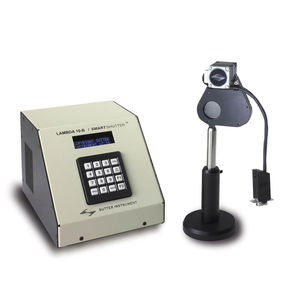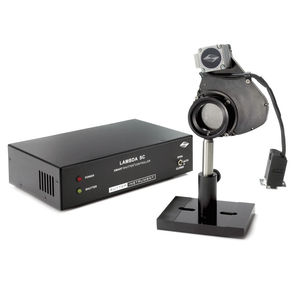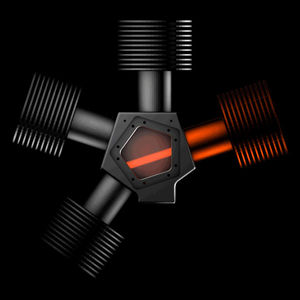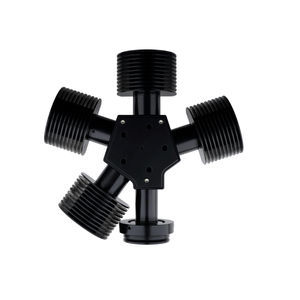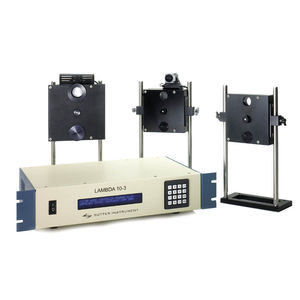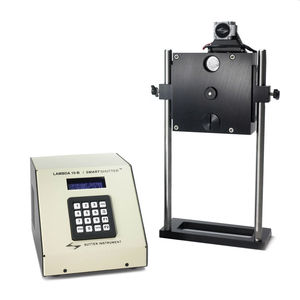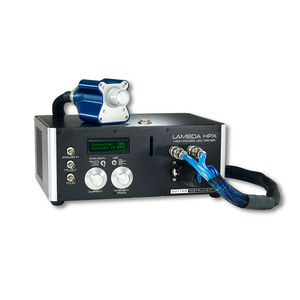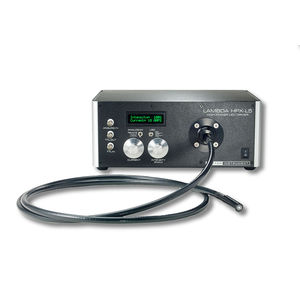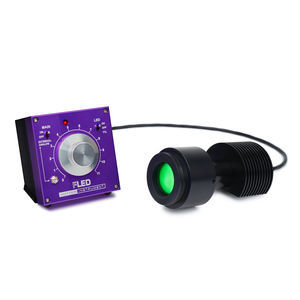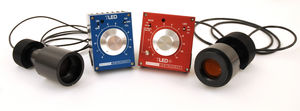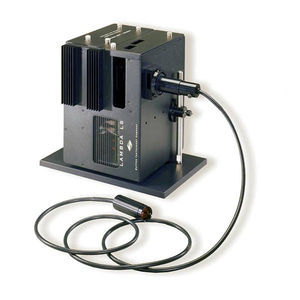
Optical beam combiner Lambda 721
Add to favorites
Compare this product
Characteristics
- Heating technology
- optical beam
- Wavelength
Max.: 960 nm
Min.: 330 nm
Description
The Lambda 721 is a new concept for combining up to 7 separate LED cubes with different spectra into a single common output beam. The LED cubes contain the LED, collimating optics, and a filter. These LED cubes are easily exchanged and installed with no tools required. Each LED cube is collimated before entering the optical path through the bandpass filter. The filters for each LED cube also function as mirrors that reflect the collimated beams from the previous light sources. In the diagram below the optical paths are outlined for each position including the reflections that occur:
Traditionally, combining more than two light sources required the use of a dichroic ladder. Dichroic mirrors, which switch from transmission to reflection at one point in the spectrum, allow the combining of separate light sources, provided that those sources do not have overlapping wavelengths. The downside of this approach is that light sources cannot be easily changed.
Dichroic ladders also demand careful attention to the order in which the light sources are introduced into the optical path to avoid having the light blocked by the next dichroic in line. Typically, additional bandpass filters must be added in front of each light source before the dichroic, to select the desired range of wavelengths for each source. Each filter and dichroic used in the ladder decreases the total light output of the system.
Catalogs
No catalogs are available for this product.
See all of SUTTER INSTRUMENT‘s catalogs*Prices are pre-tax. They exclude delivery charges and customs duties and do not include additional charges for installation or activation options. Prices are indicative only and may vary by country, with changes to the cost of raw materials and exchange rates.


